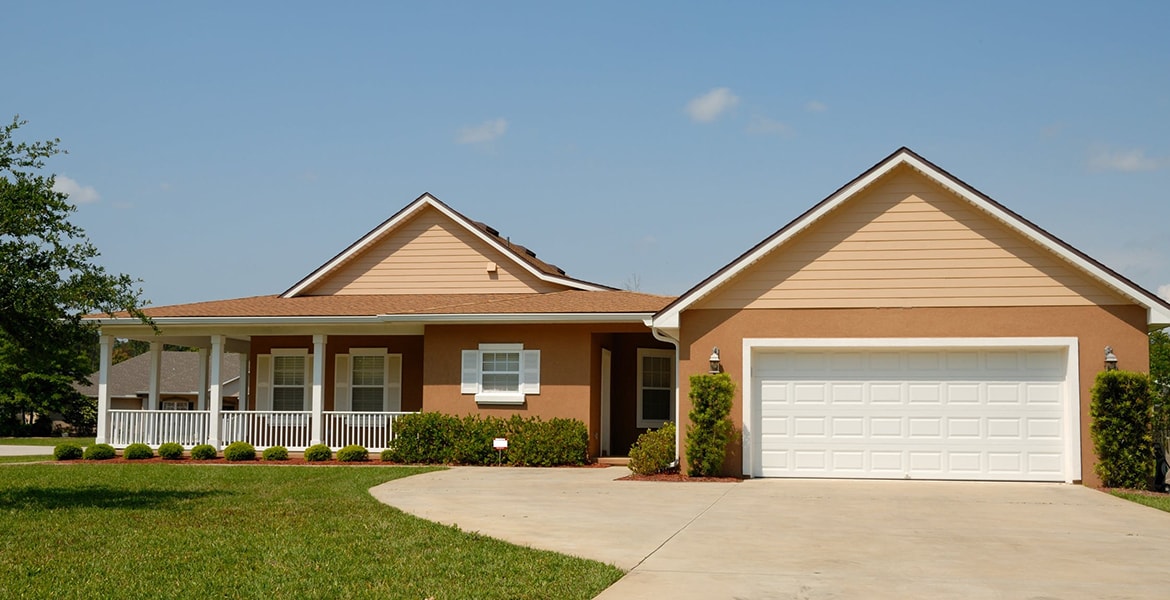A 1031 exchange is a provision in the Internal Revenue Code that allows real estate investors to defer capital gains taxes on the sale of one property by reinvesting the proceeds into another property of equal or greater value. This can be a valuable tax-saving strategy for real estate investors who are looking to sell an investment property and reinvest the proceeds into another property.
There are a few key requirements that must be met in order to qualify for a 1031 exchange:
- The properties must be of equal or greater value.
- The properties must be held for investment or for productive use in a trade or business.
- The properties must be exchanged within 180 days of the sale of the first property.
- The investor must identify the replacement property within 45 days of the sale of the first property.
- The investor must close on the purchase of the replacement property within 180 days of the sale of the first property.
If all of these requirements are met, the investor will be able to defer the capital gains taxes on the sale of the first property until the replacement property is sold. This can save the investor a significant amount of money in taxes.
There are a few different ways to structure a 1031 exchange. One way is to find a replacement property that is of equal or greater value and then sell the first property. Another way is to find a qualified intermediary who will hold the proceeds of the sale of the first property in escrow until the replacement property is found. The qualified intermediary will then facilitate the exchange of the properties.
1031 exchanges can be complex, so it is important to work with a qualified real estate attorney or tax advisor to ensure that the exchange is structured properly.
Here are some of the benefits of a 1031 exchange:
- Tax-deferred growth: The investor can defer the capital gains taxes on the sale of the first property until the replacement property is sold. This can save the investor a significant amount of money in taxes.
- Increased investment: The investor can use the proceeds from the sale of the first property to purchase a larger or more valuable property. This can increase the investor’s investment and potential for future returns.
- Flexibility: The investor has the flexibility to choose the replacement property. This can allow the investor to reinvest in a property that is in a different location or that is of a different type.
Here are some of the risks of a 1031 exchange:
- Timing: The investor must identify the replacement property within 45 days of the sale of the first property and close on the purchase of the replacement property within 180 days of the sale of the first property. If the investor does not meet these deadlines, the exchange will fail and the investor will be liable for capital gains taxes on the sale of the first property.
- Market conditions: The value of the replacement property may be lower than the value of the first property. This could result in a loss for the investor.
- Costs: There are fees associated with a 1031 exchange, such as the fees for the qualified intermediary and the closing costs on the replacement property.
Overall, a 1031 exchange can be a valuable tax-saving strategy for real estate investors who are looking to sell an investment property and reinvest the proceeds into another property. However, it is important to understand the requirements and risks of a 1031 exchange before proceeding.
I hope this article was helpful. If you have any other questions, please let me know.


